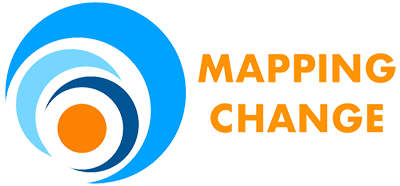Strategic planning based on the
Theory of Change
Context
We have long questioned our ability to generate changes that are profound and long-lasting, attacking the very causes – which are complex and multi-level – of poverty, injustice and inequality or complex phenomena such as migration and climate change, in Italy and worldwide.
All this in an economic and political, cultural and technological context that has changed radically over the years and continues to change at incredible speed.
What are we really changing? How? What is our actual contribution? How can we improve it?
Can we create a map of change that is structured and shared and, at the same time, open and flexible, so that we can best inhabit the complexity and guide our most important choices?
We mainly (but not exclusively) use approaches that are typical of the Theory of Change because it allows us toroot strategic planning in the actual impact that we want to generate in the lives of the community at the centre of our Mission. It is the impact that guides our strategy and not vice versa. The strategy expresses how we intend to generate the impact.
Goals
- Identify the priorities in terms of the impact that we want to achieve, also in line with the requirements of the Third Sector Reform.
- Update the mapping of stakeholders who, in different capacities, can contribute to the achievement of short-, medium- and long-term results.
- Detail the main changes in terms of outcomes in the short and medium term that are necessary to generate the sought-after impact.
- Identify the priority outcomes for the next 3-4 years and structure them into an annual plan.
- Define the quantitative or qualitative assessment indicators of these outcomes.
- Define the guidelines of a system for monitoring and evaluating the results generated (also useful for the Social Report and the Impact Assessment).
- Share and enrich strategic planning through dialogue with key stakeholders from outside the organisation.
Tools
- Strategic analysis of the organisation (final and forecast mission, social and economic/financial reports; governance; organisational chart; Vision, Mission and Values).
- Participatory planning with the different leadership levels, expressed in a group work plan.
- Internal communication and constant management of feedback
- Team facilitation.

